Winter in Val Gardena offers a magical experience for skiers of all levels, especially those eager to tackle the famous Sellaronda circuit. When I first visited this stunning region in the Italian Dolomites, I was amazed by the 44-kilometer route that circles the massive Sella mountain group.
The Sellaronda is truly the crown jewel of the Dolomiti Superski area. It has 23 kilometers of actual slopes and the rest covered by lifts, making it possible to complete the entire circuit in a single day.
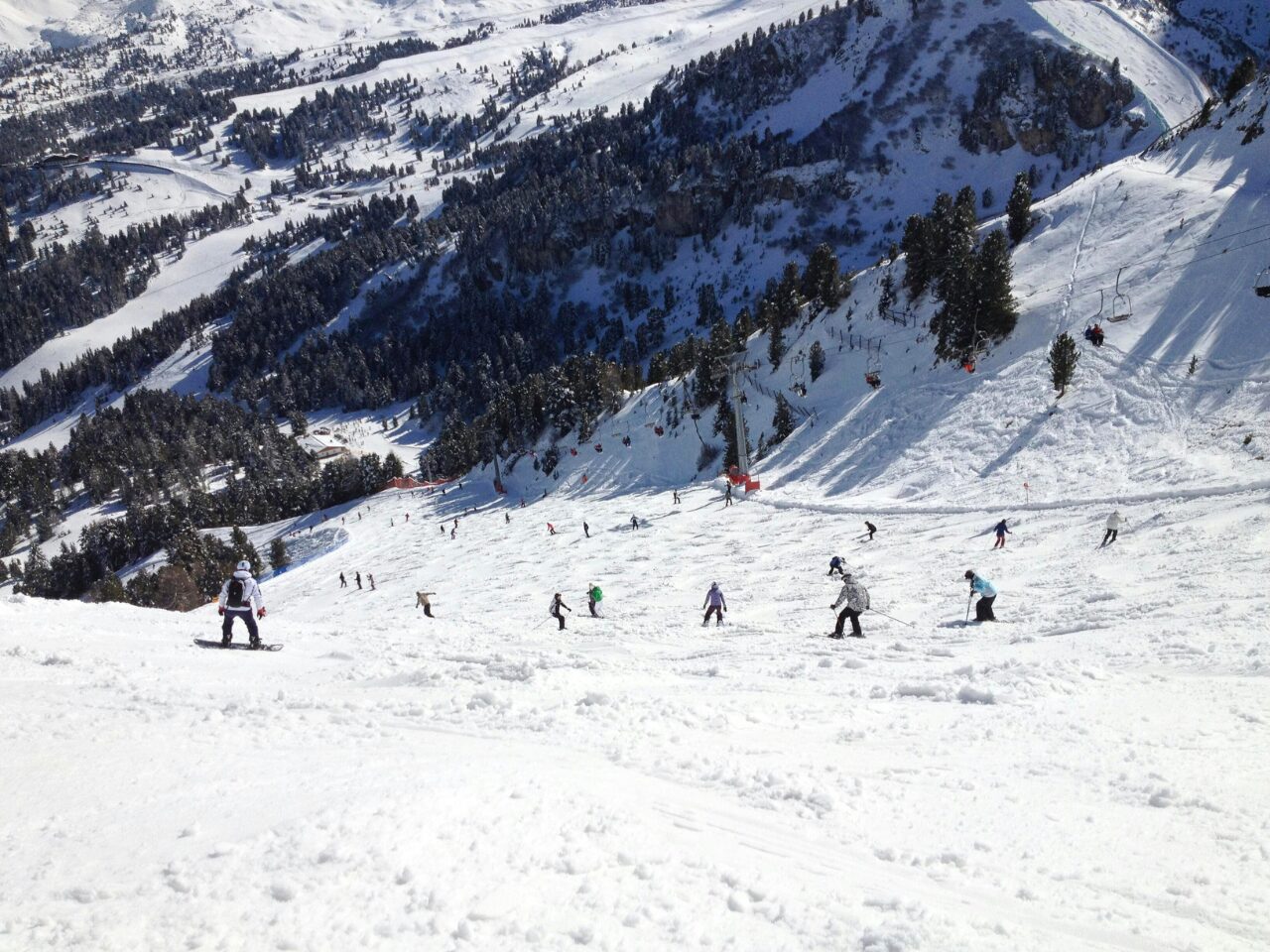
During my trips to Val Gardena, I’ve discovered that the Sellaronda serves as an incredible gateway to over 500 kilometers of connected slopes. The circuit passes through four different valleys and ski areas, offering varied terrain and breathtaking views at every turn. While rated as medium difficulty, even intermediate skiers can enjoy this route with proper planning.
I recommend starting early in the morning to fully appreciate the experience without rushing. The slope markers make navigation simple. Just follow the orange signs to go clockwise or the green signs for counterclockwise. Val Gardena makes an excellent base for this adventure, with direct access to the circuit and charming villages to return to after your skiing day ends.
Discovering the Beauty of the Dolomites
The Dolomites provide a breathtaking backdrop for the Sellaronda ski circuit. Their distinctive pale limestone peaks create a winter landscape unlike anywhere else in the world, offering skiers not just excellent slopes but also incredible scenery at every turn.
UNESCO World Heritage Site
The Dolomites earned their UNESCO World Heritage status in 2009, and it’s easy to see why when I’m skiing through this magnificent area. These mountains aren’t just beautiful—they hold incredible geological significance that dates back over 250 million years.
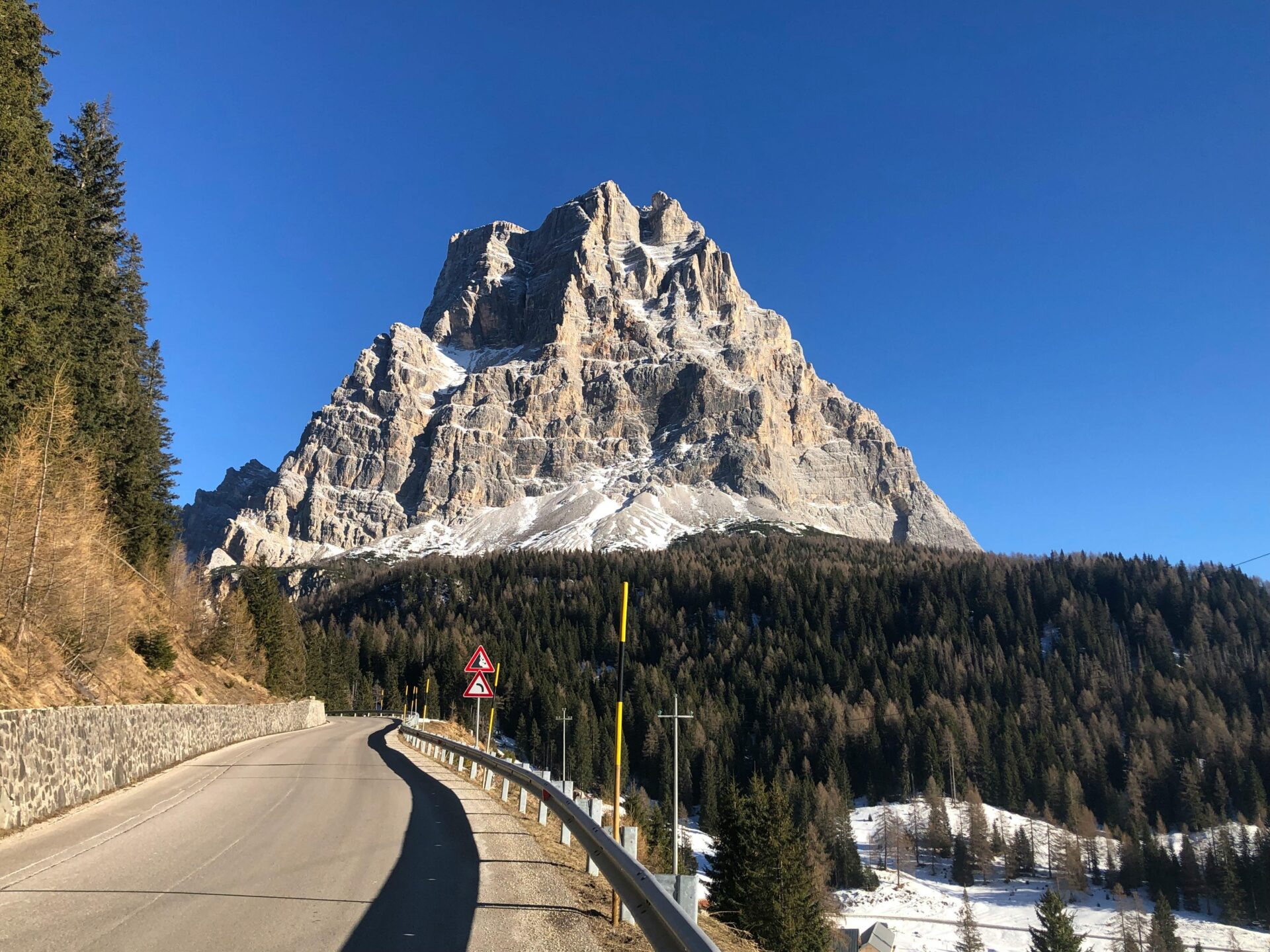
What makes them unique is their composition of dolomite, a type of limestone that gives the mountains their distinctive pale color. When the sun hits these peaks at dawn or dusk, they glow with a remarkable reddish-pink hue called “enrosadira” in the local Ladin language.
During my trips around the Sellaronda, I’ve noticed that this UNESCO recognition has helped preserve the natural beauty while still allowing visitors to enjoy world-class skiing experiences.
The Majestic Sella Group
The Sella Group forms the heart of the Sellaronda circuit—a massive plateau-shaped massif surrounded by four Ladin valleys. Standing at the base of these towers, I’m always struck by their imposing presence rising dramatically above the ski area.
The highest peak, Piz Boè, reaches 3,152 meters and offers spectacular panoramic views for those willing to venture to its summit. From Val Gardena, the north face of the Sella Group creates a stunning visual anchor for skiers.
What I find most remarkable is how the Sellaronda circuit allows skiers to circumnavigate this entire mountain group in a single day. The route takes you through four different passes: Gardena Pass, Campolongo Pass, Pordoi Pass, and Sella Pass.
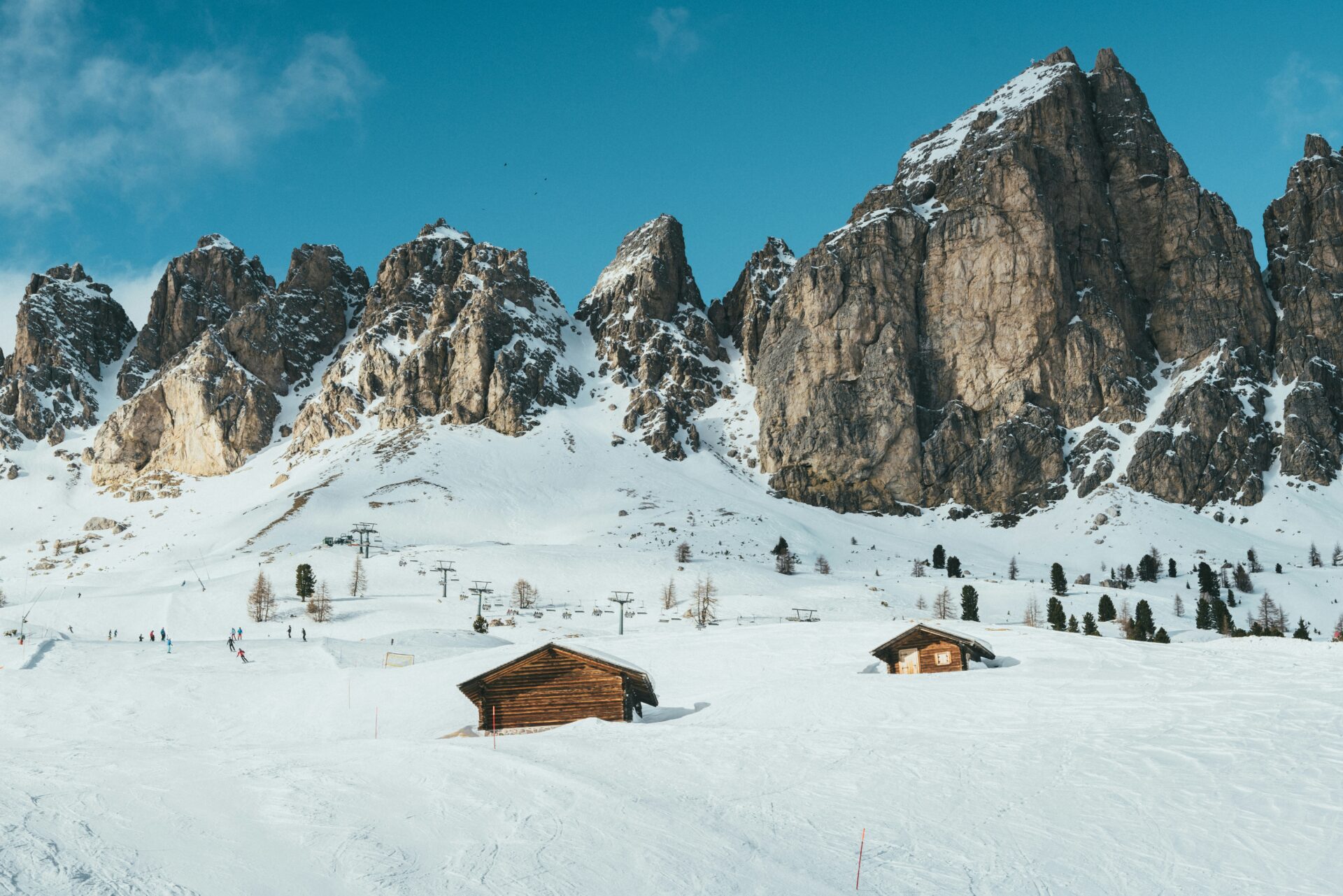
Wonderful Winter Wonderland
Skiing the Sellaronda in winter transforms the experience of the Dolomites into something magical. The snow-covered landscape creates a pristine environment that enhances the natural beauty of these mountains.
I’ve found January and February offer the most reliable snow conditions, though the circuit is typically open from December through April. The contrast between the white snow and the pale rock formations creates a dramatic visual experience unlike any other ski destination I’ve visited.
The winter sun casts long shadows across the slopes, highlighting the unique formations of the peaks. Early mornings are my favorite time to ski, when the mountains catch the first light and fewer skiers crowd the circuit.
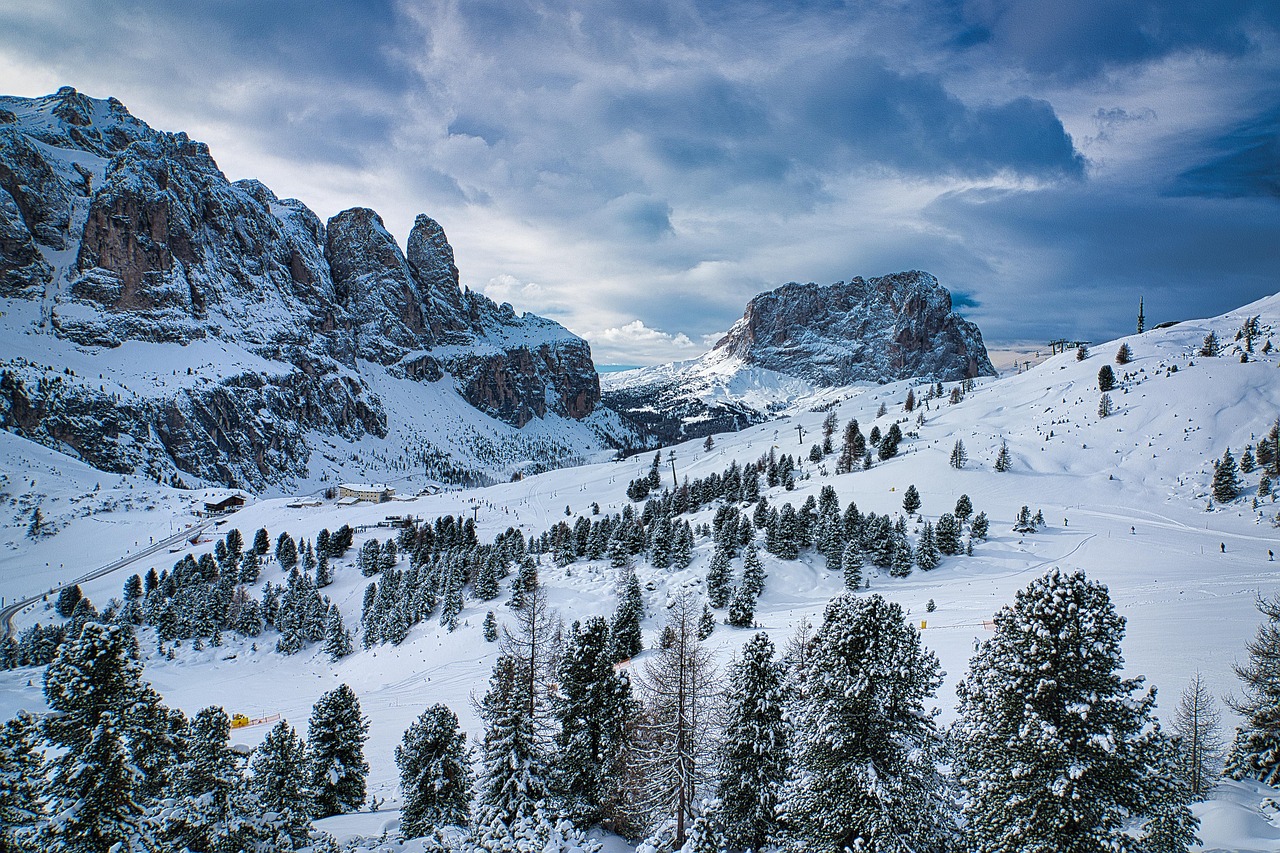
Local mountain huts (rifugios) dot the route, providing perfect spots to warm up with traditional Alpine cuisine while taking in views that seem almost unreal in their beauty.
Planning Your Ski Circuit
Navigating the Sellaronda circuit requires some preparation to make the most of this iconic Dolomiti Superski experience. With proper planning, you can enjoy all 26 kilometers of this magnificent route around the Sella Massif without hassles.
Selecting the Right Ski Pass
For my Sellaronda adventure, I found the Dolomiti Superski pass essential. This comprehensive pass gives access to all lifts and slopes on the circuit and the entire region’s 500+ kilometers of slopes. A single-day pass works if you’re just doing the Sellaronda loop, but I recommend a multi-day option to explore beyond the circuit.
Prices vary by season, with peak winter (December to March) being more expensive. Children under 8 ski free when accompanied by an adult who purchases a ski pass. You can buy passes online in advance to save time or at ticket offices in Val Gardena and other resorts.
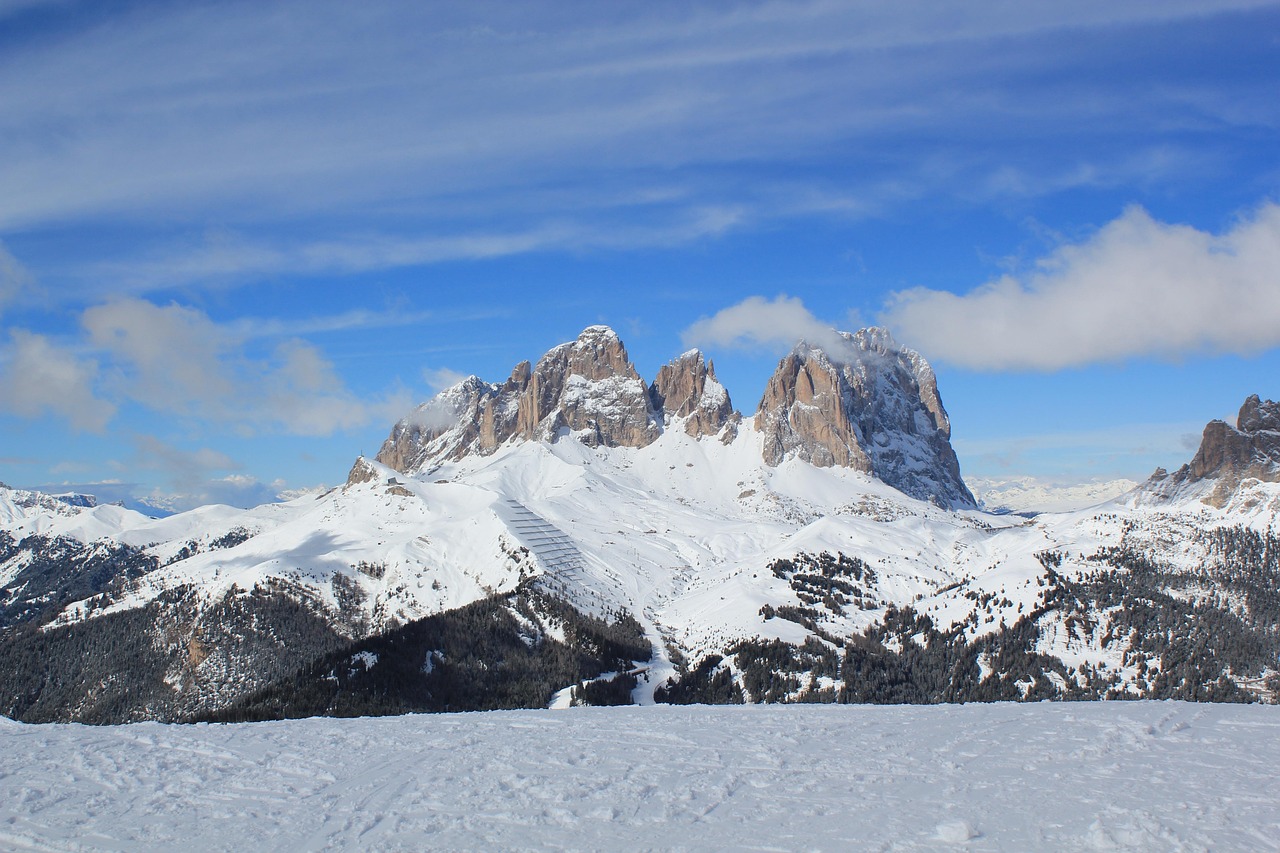
The Dolomiti Superski pass also includes free shuttle buses between villages, which came in handy during my trip.
Navigating the Lifts and Ski Slopes
The Sellaronda circuit can be skied in either direction: clockwise (orange route) or counterclockwise (green route). I found the orange route slightly easier, with more downhill sections and gentler slopes – perfect for intermediate skiers.
Each direction has clear signage with orange or green arrows to follow. Here’s a quick breakdown of the routes:
- Orange route: Starts earlier (lifts open at 8:30 AM)
- Green route: More challenging, better for advanced skiers
You’ll cross four mountain passes: Gardena, Campolongo, Pordoi, and Sella.
Exploring Val Gardena’s Ski Areas
Val Gardena offers some of the most breathtaking skiing experiences in the Dolomites, with diverse terrain that connects to the larger Dolomiti Superski network spanning over 500 kilometers of slopes. Each village in this valley has its own distinct character and access to different parts of this remarkable ski domain.
The Charm of Selva Gardena
Selva Gardena (also known as Wolkenstein) sits at the highest point in the valley, making it the perfect starting point for the Sellaronda circuit. I found this village offers the most direct access to the legendary 26-kilometer loop around the Sella Massif.
The ski area around Selva connects seamlessly to Val di Fassa and Canazei, expanding your skiing options dramatically. During my visit, I was impressed by how easily I could hop on lifts and access the famous Saslong slope – the challenging World Cup downhill run that tests even advanced skiers.
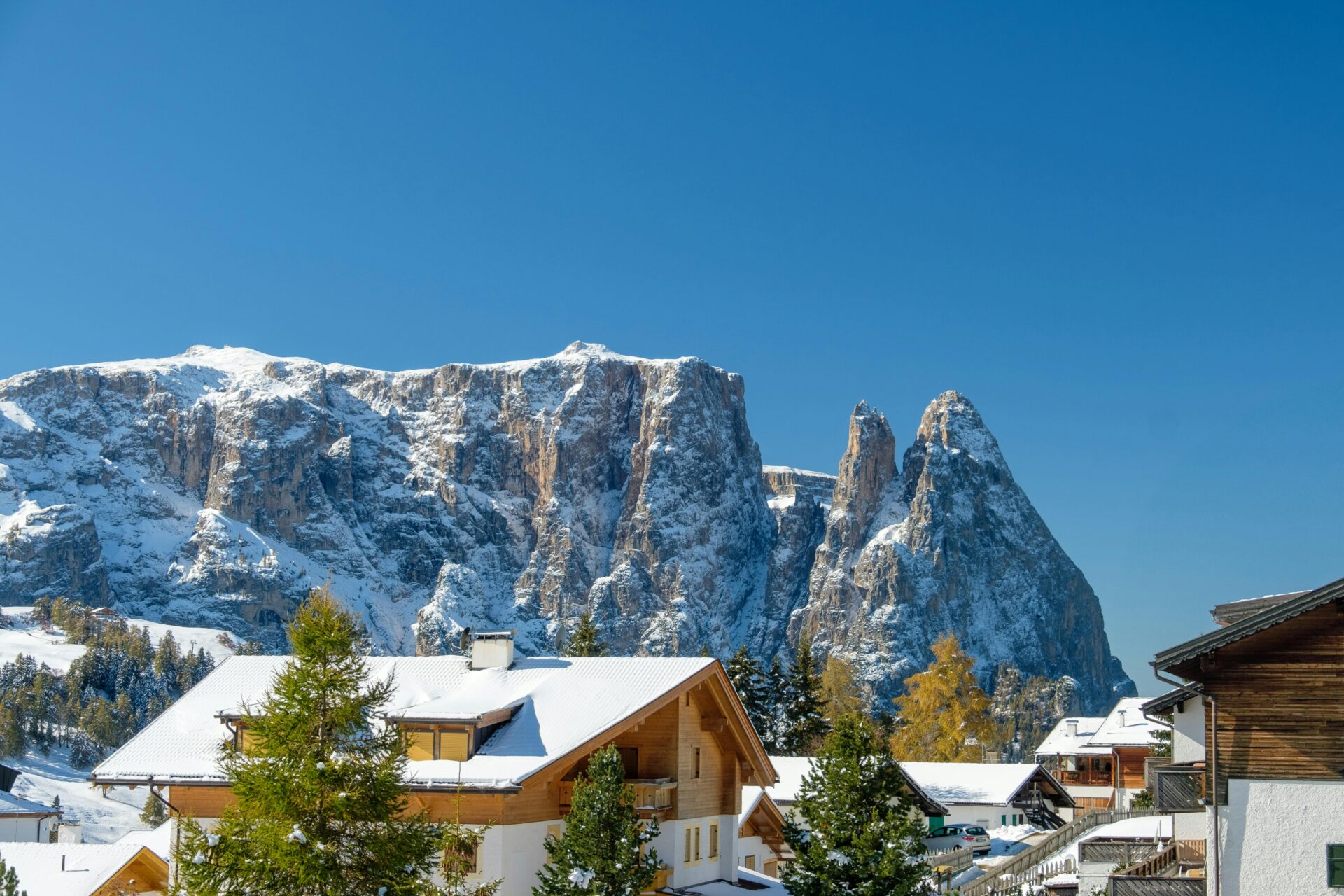
What makes Selva special is the balance between challenging terrain and family-friendly areas. The village maintains its authentic mountain charm while providing modern lift infrastructure and excellent snow conditions throughout the season.
Alpe Di Siusi’s Stunning Vistas
Connecting to Val Gardena from the north is Alpe di Siusi (Seiser Alm), Europe’s largest high-alpine meadow. This area boasts some of the most spectacular panoramic views I’ve ever encountered while skiing.
The gentle, rolling slopes make this area perfect for beginners and intermediate skiers. I spent a full day cruising wide, uncrowded runs with the jagged Sassolungo peaks forming a dramatic backdrop. The consistent pitch of the terrain creates ideal learning conditions.
What surprised me most about Alpe di Siusi was how it combines natural beauty with practical skiing. The high-altitude position (between 1,800-2,300 meters) ensures reliable snow coverage, while the expansive plateau offers plenty of sunshine and visibility even in midwinter.
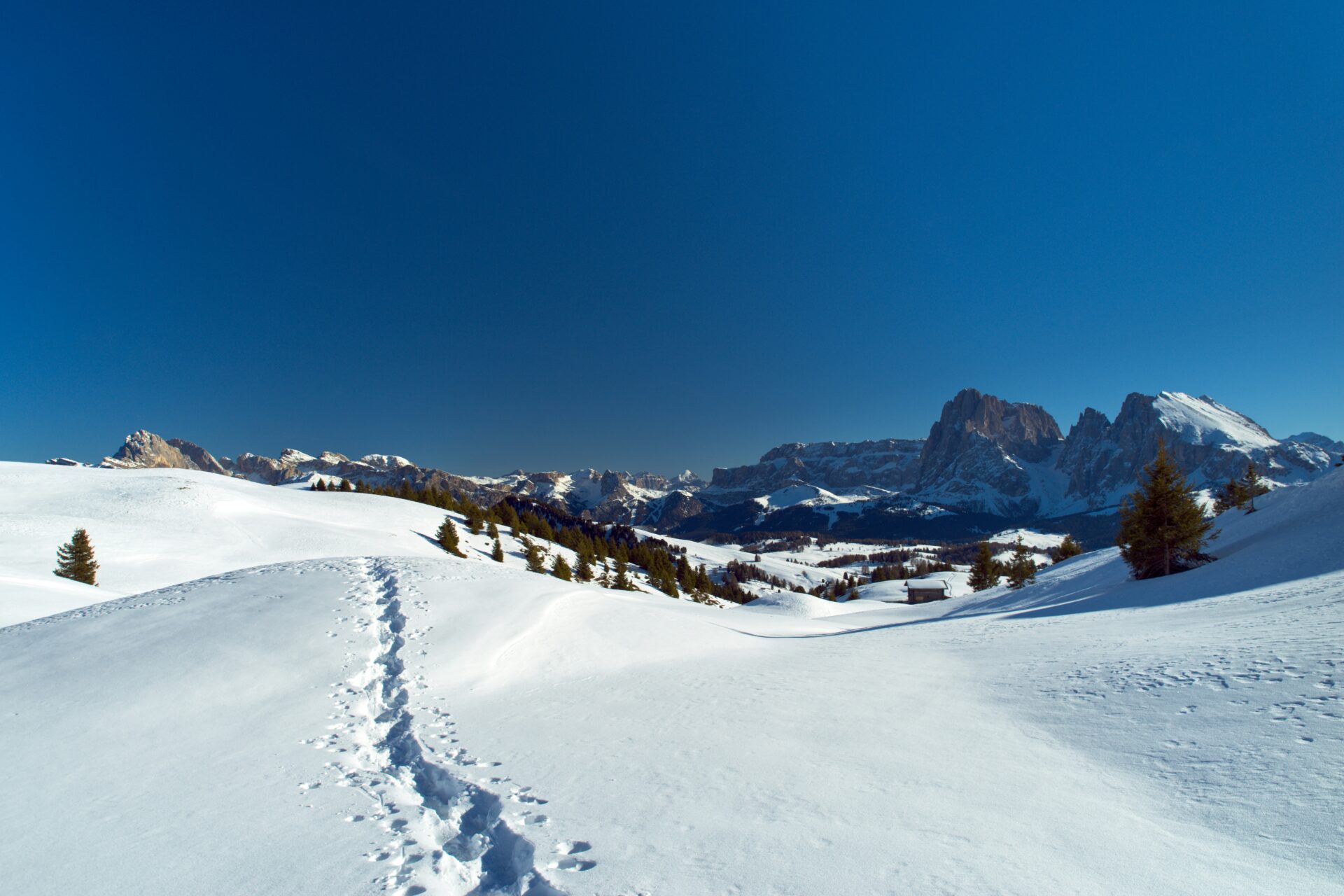
Ortisei: A Blend of Tradition and Slopes
Ortisei (St. Ulrich) sits at the valley’s entrance and serves as Val Gardena’s cultural heart. I found its ski areas offer a perfect blend of tradition and modern skiing convenience.
From Ortisei, I accessed three distinct ski zones: the local Seceda area with its challenging runs, the family-friendly Alpe di Siusi via an impressive gondola connection, and the main Sellaronda circuit via another lift system. This variety makes Ortisei an excellent base for mixed-ability groups.
The village itself deserves exploration between ski sessions. Renowned for woodcarving traditions, Ortisei’s pedestrian center features charming shops and cafés. I particularly enjoyed ending ski days here, where the slopes practically meet the village streets, allowing for a seamless transition from skiing to après-ski activities.
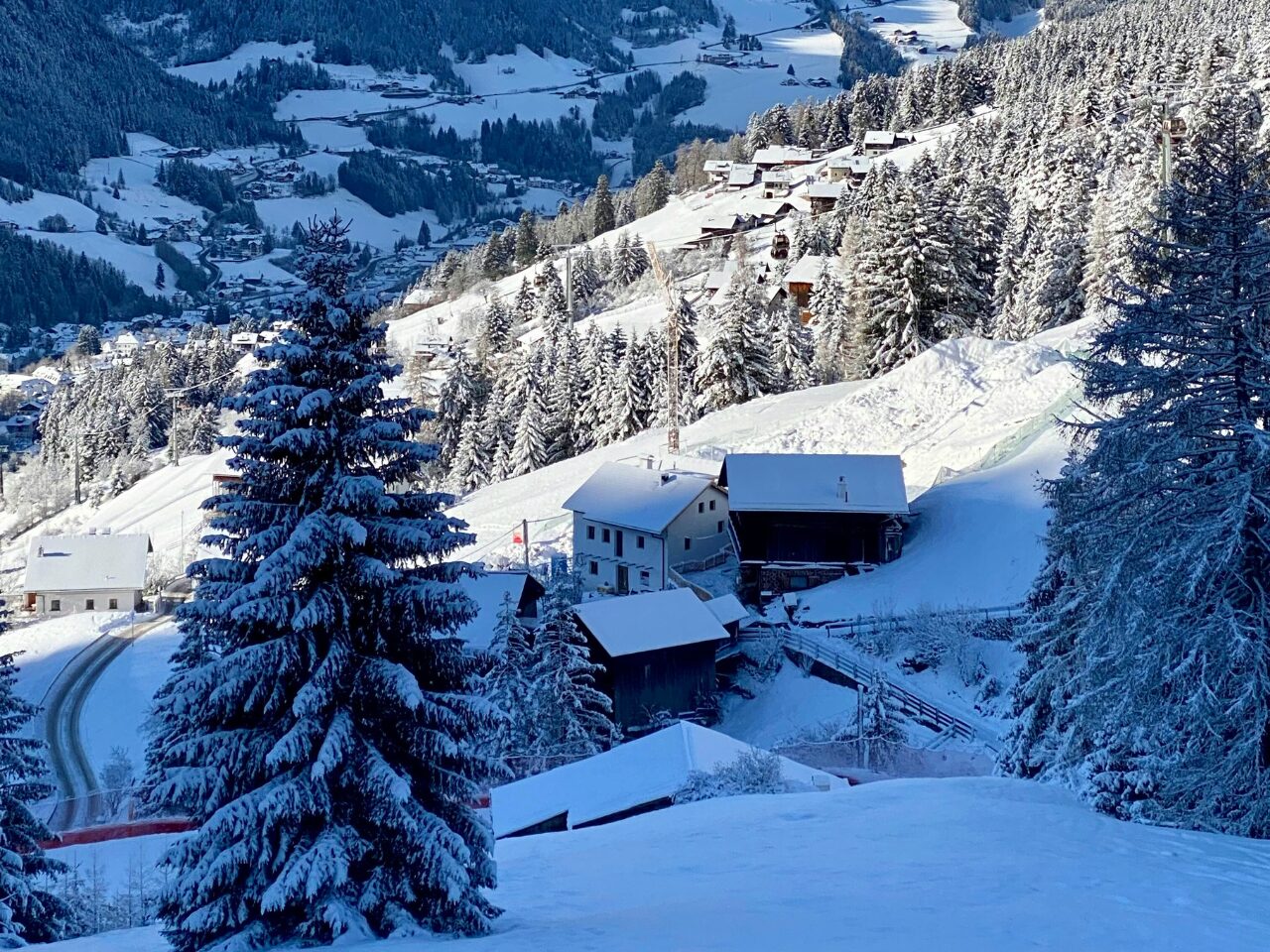
Accommodation and Culinary Delights
When visiting Val Gardena for the Sellaronda adventure, finding the right place to stay and delicious food to enjoy is essential for a complete winter experience. The area offers a range of lodging options and mouthwatering cuisine that perfectly complement your days on the slopes.
Staying in Cozy Mountain Huts
I’ve discovered that mountain huts in Val Gardena provide a truly authentic Alpine experience. These rustic retreats are scattered throughout the Dolomites, offering shelter, warmth, and incredible views after a long day of skiing.
Many huts are accessible right from the ski slopes, making them perfect for mid-day breaks or overnight stays. During my last trip, I spent a night at a traditional hut where the wooden interiors and crackling fireplaces created an unforgettable atmosphere.
Most mountain huts offer simple but comfortable rooms with shared facilities. What they lack in luxury, they make up for in charm and location. Prices typically range from €50-100 per night, often including a hearty breakfast to fuel your skiing adventures.
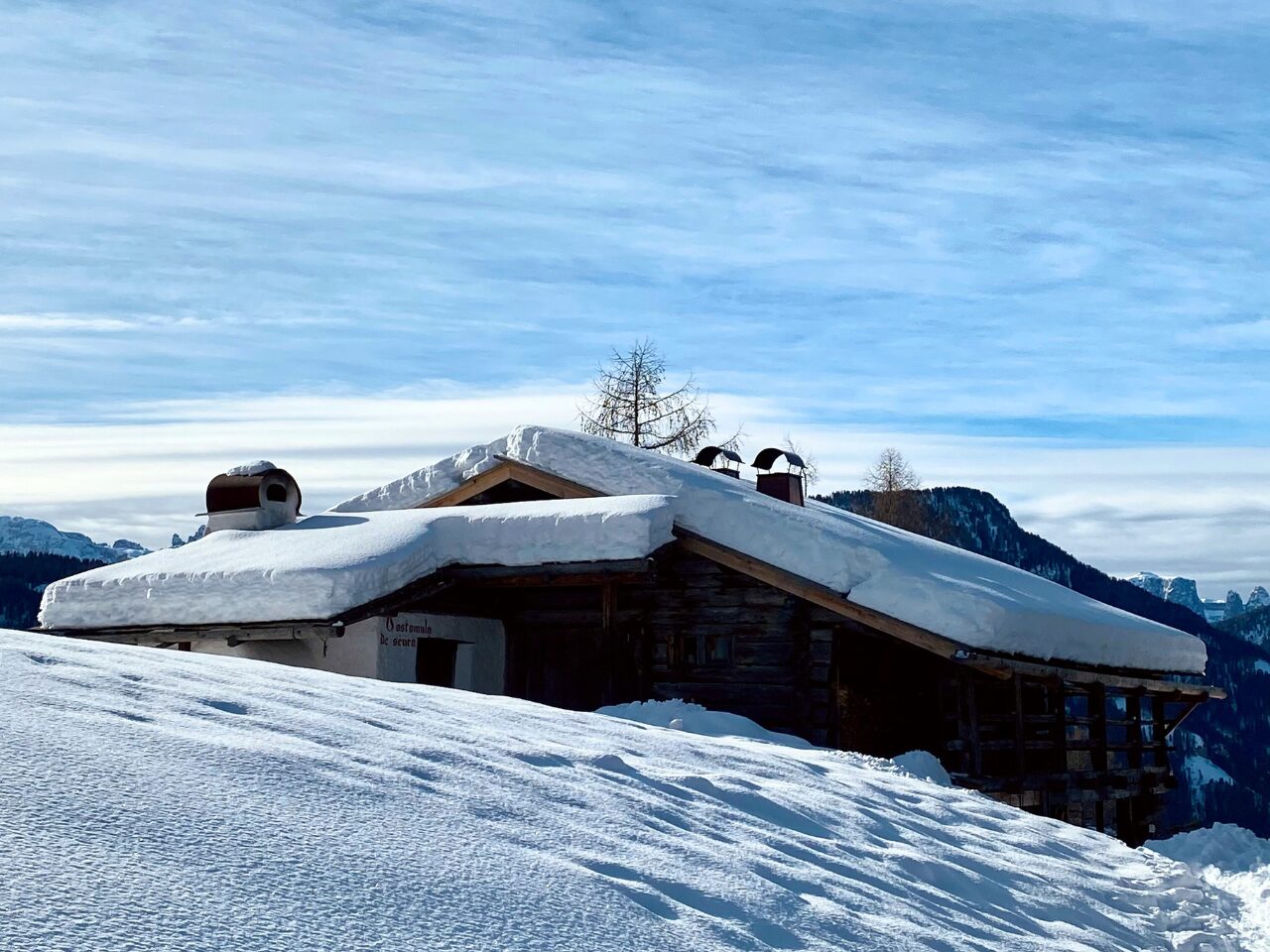
Booking in advance is essential, especially during peak season between December and February. I recommend Rifugio Emilio Comici and Rifugio Stevia for their exceptional hospitality and stunning settings.
High-Quality Hotels and Apartments
Val Gardena boasts an impressive selection of 4-star hotels that combine elegance with Alpine charm. Hotel Niblea stands out as one of the best-situated options in the region, placing special emphasis on culinary excellence and guest comfort.
I’ve stayed in several apartments throughout the valley that offer more independence for families or groups. These self-catering options range from simple studios to luxury chalets with private saunas.
Many accommodations offer ski-in/ski-out access, a feature I now consider essential after experiencing the convenience. Hotel rates during winter season typically range from:
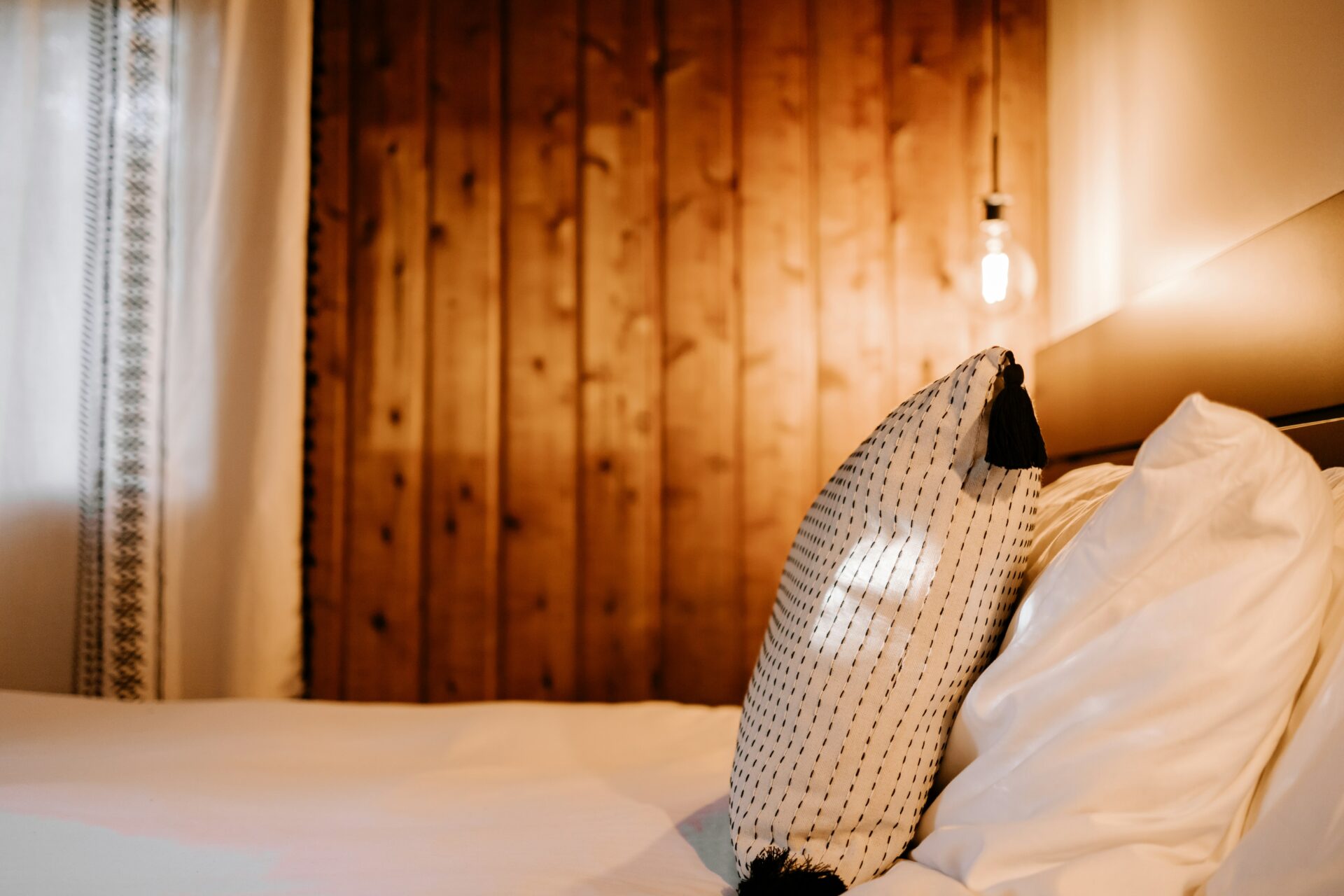
- 3-star hotels: €80-150 per night
- 4-star hotels: €150-300 per night
- Luxury options: €300+ per night
For the best deals, I suggest booking at least 3-4 months in advance and looking for packages that include lift passes and meals.
Sampling Local Cuisine
The culinary scene in Val Gardena beautifully blends South Tyrolean specialties with Italian cuisine. After a day on the slopes, I always look forward to hearty mountain meals that restore my energy.
Traditional dishes I highly recommend trying include:
- Canederli (bread dumplings in broth)
- Speckknödel (dumplings with local cured ham)
- Schlutzkrapfen (ravioli-like pasta filled with spinach)
- Apple strudel with vanilla sauce
The mountain huts serve exceptional on-slope lunches. I’ve enjoyed some of my best meals sitting on sunny terraces with panoramic views of the Dolomites.
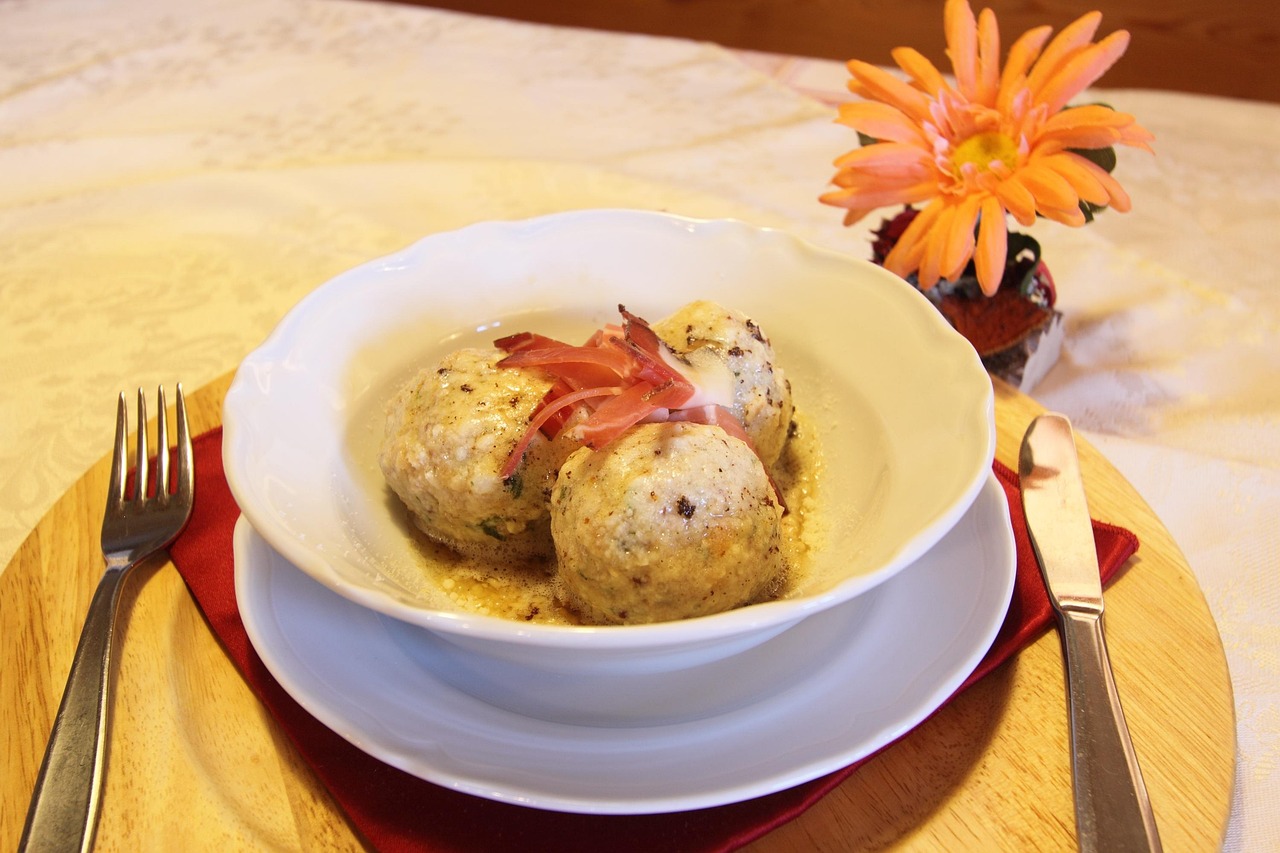
Evening dining options range from casual pizzerias to refined restaurants featuring locally-sourced ingredients. Many hotels offer half-board options with impressive dinner menus showcasing regional specialties paired with South Tyrolean wines.
Off the Slopes: Activities and Relaxation
Val Gardena offers much more than just downhill skiing on the famous Sellaronda circuit. The region’s winter wonderland extends to peaceful cross-country trails, snowshoe adventures, and vibrant après-ski culture that makes evenings just as memorable as days spent on the mountain.
Experiencing Winter Sports Beyond Skiing
I discovered that cross-country skiing provides a wonderful alternative to downhill runs in Val Gardena. The region boasts over 115 km of meticulously groomed trails winding through snow-covered meadows and forests.
Beginners can take lessons at several Nordic skiing centers where friendly instructors will get you gliding in no time. I particularly enjoyed the Monte Pana trails which offer breathtaking views of the Sella massif.
Snowshoeing became my favorite afternoon activity when my legs needed a break from skiing. Local guides lead daily excursions to quiet, untouched areas where the only sounds are the crunch of snow beneath your feet and the occasional distant cowbell.
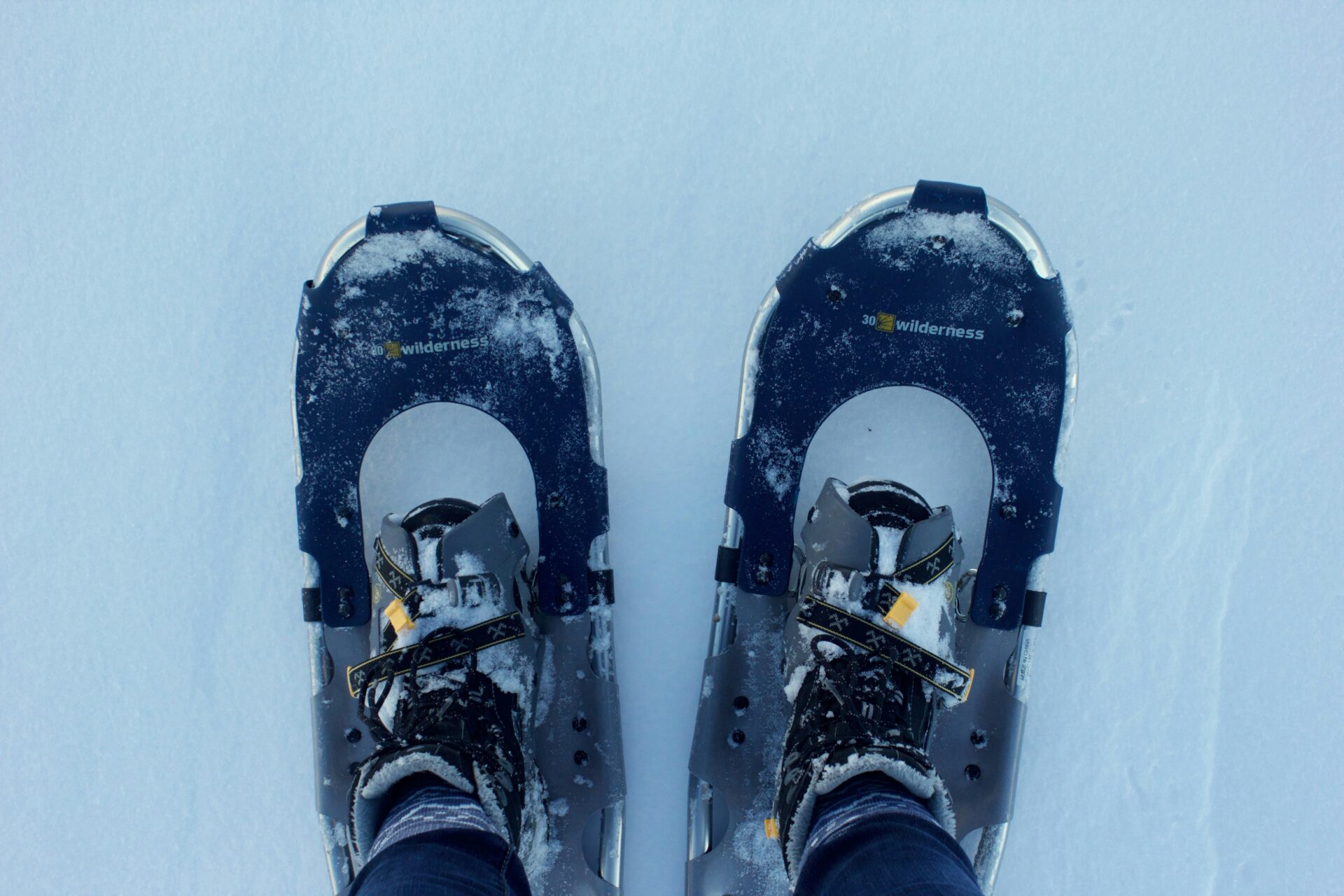
For families, I recommend trying the toboggan runs – especially the illuminated evening tracks that create magical memories for children and adults alike.
Hiking and Biking in South Tyrol
Winter hiking paths in Val Gardena reveal a different side of South Tyrol’s beauty. The tourism office provides maps of cleared walking routes. These routes connect mountain huts and viewpoints without requiring technical gear.
I was surprised to find that fat biking has become increasingly popular here. These specialized mountain bikes with oversized tires allow riders to cruise over packed snow. Several rental shops offer fat bikes along with route suggestions suitable for different fitness levels.
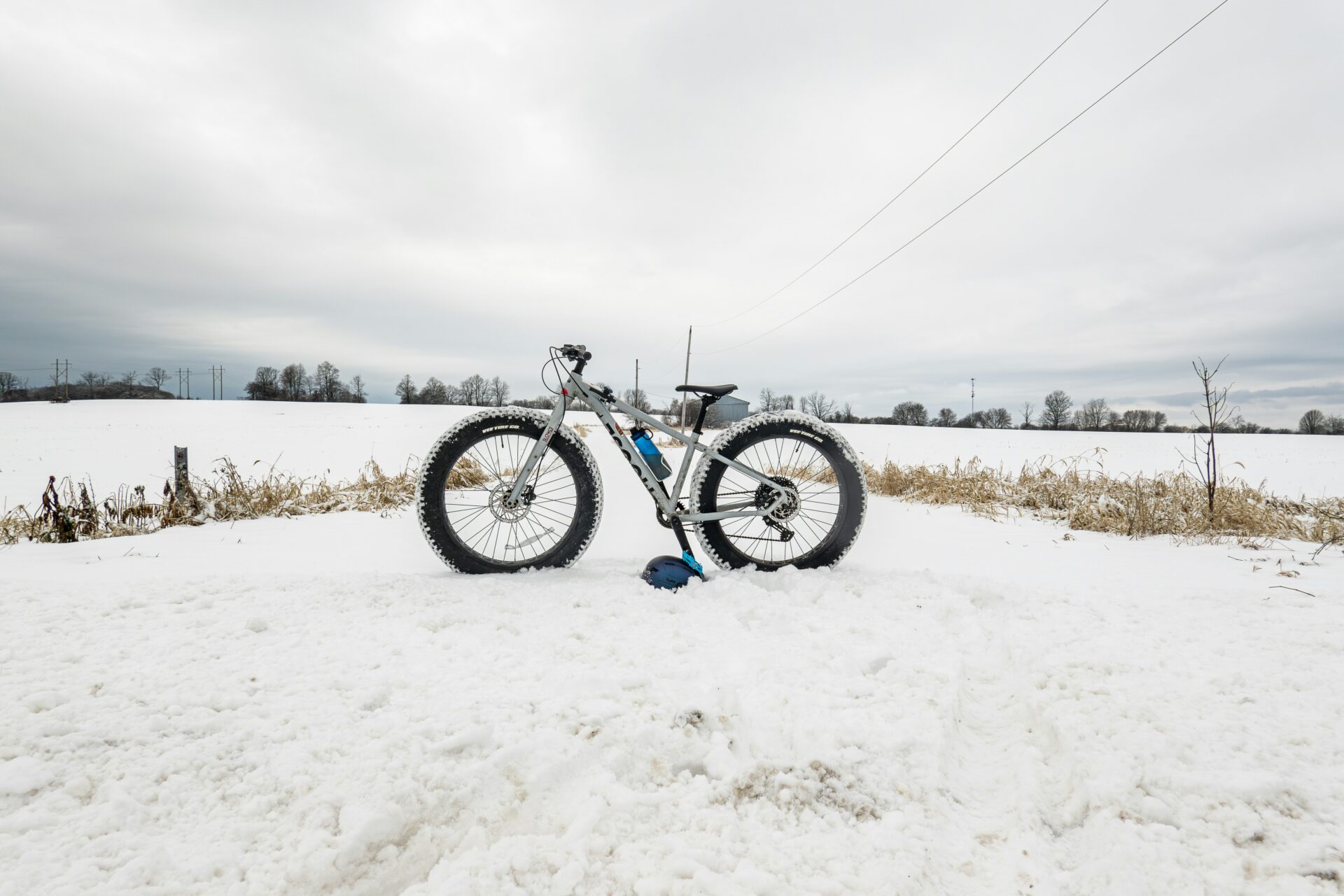
For a unique experience, try a guided moonlight hike followed by dinner at a traditional mountain hut. The silhouettes of the Dolomite peaks against the night sky create unforgettable moments.

